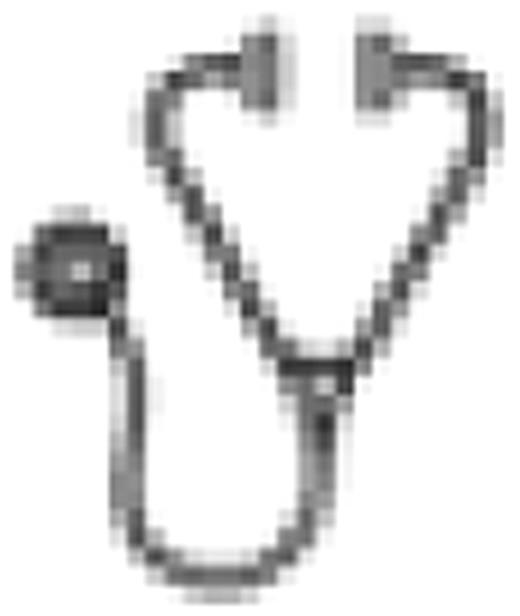Abstract
Abstract 100
The prognostic implications of specific gene mutations in AML can be dependent on their interaction with other mutations so that large cohorts of patients are required for detailed analyses. For example, we have recently reported that the prognostic significance of IDH1 mutations is dependent on FLT3/ITD but not NPM1 mutant status (Green et al, Blood 2010). To explore the impact of IDH2 mutations we have therefore studied a cohort of 1473 well characterized younger adult patients (median age 43 yrs) entered into the UK MRC AML 10 and 12 trials. 10% had an IDH2 mutation and, as with IDH1 mutations, most of them (92%) had intermediate-risk cytogenetics; 64% had a normal karyotype. Remission rates did not differ between IDH2-mut and IDH1/2-WT patients, 78% vs 75% respectively. The cumulative incidence of relapse (CIR) was significantly lower in IDH2-mut than IDH1/2-WT patients (35% vs 50% respectively at 5 yrs, with a hazard ratio [HR] in multivariate analysis of 0.66 (0.48-0.91), P=.02). There was an accompanying trend to improved overall survival (OS) in all patients with IDH2 mutations (50% vs 37%, HR=0.77 [0.60-0.99], P=.1 in multivariate analysis). There was some evidence of interaction between IDH2 and NPM1 mutation status (test for heterogeneity P=.08 for relapse, P=.03 for OS), with a significant beneficial impact of an IDH2 mutation on both CIR and OS only in the 61% of IDH2-mut patients with an NPM1 mutation (CIR at 5 years in the IDH2-mut and IDH2-WT patients: 24% vs 45% respectively, P=.003; OS: 63% vs 47%, P=.02), and no impact of an IDH2 mutation on either relapse or survival in NPM1-WT patients (CIR: 54% vs 55%, P=.4; OS: 29% vs 31%, P=.8). There was no difference in the impact of an IDH2 mutation by FLT3/ITD status. Of the 148 IDH2-mut cases, 119 (80%) had an R140 and 29 (20%) an R172 alteration. There were striking differences between patients with these two mutations. The median presenting white cell count was 30.9 vs 3.6 (× 109/l) for IDH2-R140 and IDH2-R172 cases respectively (P<.0001), the incidence of NPM1 mutations 75% vs 3% respectively (P<.0001), and of FLT3/ITDs 24% vs 7% (P=.05). Response to therapy and long-term outcome were all significantly worse in the IDH2-R172 cases. Remission rate was 86%, 48% and 75% for IDH2-R140, IDH2-R172 and IDH2-WT cases, CIR was 28%, 70% and 50% respectively at 5 years (P=.004 in multivariate analysis) and OS 56%, 24% and 37% (P=.02 in multivariate analysis). The prognosis of IDH2-R172 mutant disease is therefore comparable to that in adverse-risk cytogenetic cases. Overall, these results illustrate that different mutations in the same gene may have significantly different prognostic effects, that the impact of mutations in the IDH2 gene are different from those in the IDH1 gene and that the impact of both IDH1 and IDH2 mutations is dependent on the presence of other cooperating mutations. It should also be noted that the overall survival of NPM1-mut FLT3/ITD-WT cases with an IDH2 R140 mutation (67% at 5 years) is comparable to the CBF leukemia cases in the same trials and such patients should therefore not be considered for transplantation in first remission.
No relevant conflicts of interest to declare.

This icon denotes an abstract that is clinically relevant.
Author notes
Asterisk with author names denotes non-ASH members.

This feature is available to Subscribers Only
Sign In or Create an Account Close Modal